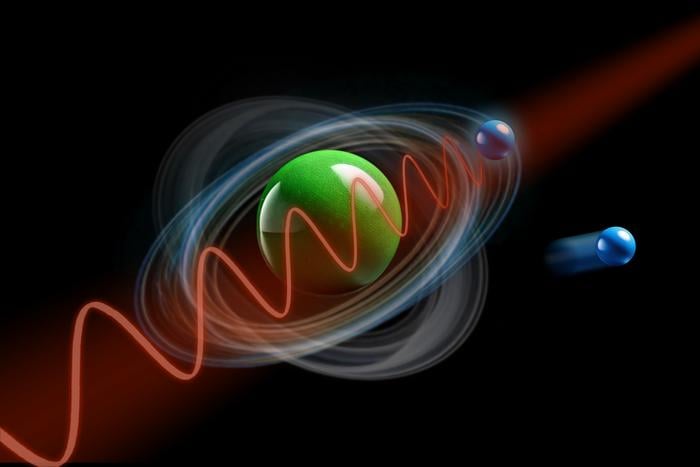Vienna scientists have made a breakthrough in understanding how quickly quantum entanglement occurs between particles, measuring events that unfold in mere attoseconds. The study, published in Physical Review Letters, uses advanced computer simulations to track one of nature’s most elusive phenomena.
Summary: Researchers at TU Wien have developed computer simulations that reveal how quantum entanglement emerges between particles at the attosecond scale – a billionth of a billionth of a second – challenging our understanding of ‘instantaneous’ quantum events.
Estimated reading time: 7 minutes
“You could say that the particles have no individual properties, they only have common properties. From a mathematical point of view, they belong firmly together, even if they are in two completely different places,” explains Prof. Joachim Burgdörfer from the Institute of Theoretical Physics at TU Wien.
Understanding Quantum Entanglement
The research focuses on what happens when atoms are struck by intense, high-frequency laser pulses. In these experiments, one electron is ejected from the atom while another moves to a higher energy state. These two electrons become quantum entangled, creating a unique relationship that defies classical physics.
“The electron doesn’t just jump out of the atom. It is a wave that spills out of the atom, so to speak – and that takes a certain amount of time,” says Prof. Iva Březinová, one of the study’s authors. “It is precisely during this phase that the entanglement occurs, the effect of which can then be precisely measured later by observing the two electrons.”
Breaking Down Time at the Quantum Scale
What makes this research particularly fascinating is its revelation about the nature of time in quantum events. The scientists discovered that the ejected electron exists in a quantum superposition of different “birth times” – the moment it left the atom.
“This means that the birth time of the electron that flies away is not known in principle. You could say that the electron itself doesn’t know when it left the atom,” explains Burgdörfer. The timing difference they measured averaged around 232 attoseconds – an almost unimaginably short period.
Glossary of Terms
- Quantum Entanglement: A phenomenon where particles become interconnected and share properties regardless of distance
- Attosecond: One billionth of a billionth of a second
- Laser Pulse: An intense beam of light used to manipulate atoms
- Quantum Superposition: A principle where particles exist in multiple states simultaneously
- Electron: A fundamental particle that orbits atomic nuclei
- Wave Function: A mathematical description of a quantum system’s behavior
Quick Quiz
- How long is an attosecond?
- What happens to the second electron in the atom during the experiment?
- Why can’t scientists determine the exact “birth time” of the ejected electron?
Answer Key:
- A billionth of a billionth of a second
- It shifts to a higher energy state
- It exists in a quantum superposition of different times
Original Research:
Physical Review Letters: DOI 10.1103/PhysRevLett.133.163201
Enjoy this story? Get our newsletter! https://scienceblog.substack.com/


